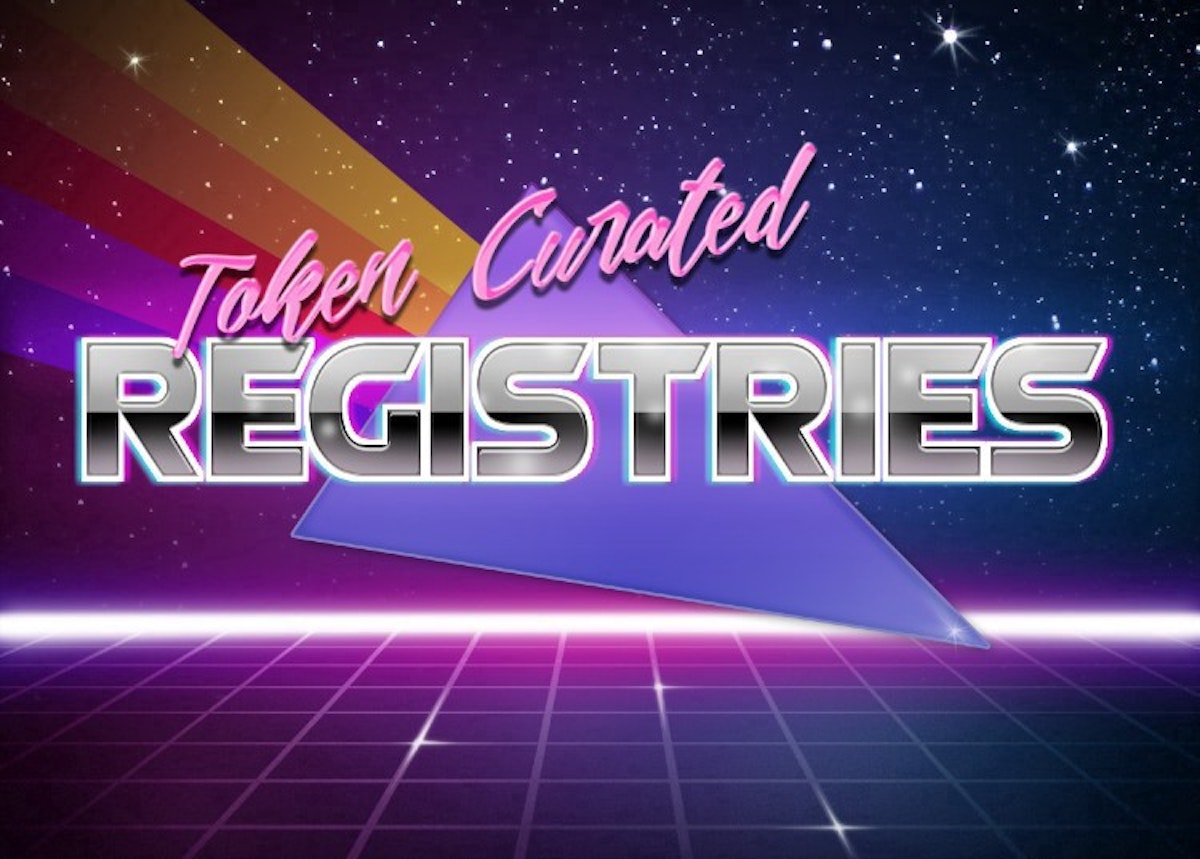152,008 reads
Token Curated Registry (TCR) Design Patterns

Too Long; Didn't Read
Token Curated Registries (TCRs) are a building block of decentralized applications based on fungible tokens (FTs) and digital scarcity. They are fast becoming one of the hottest “<a href="https://blog.oceanprotocol.com/towards-a-hierarchy-of-token-building-blocks-6c8dd7b42341" target="_blank">Token Building Blocks</a>” for decentralized <a href="https://hackernoon.com/tagged/blockchain" target="_blank">blockchain</a> applications. The use cases for TCRs are far reaching, everything from a simple whitelist to full blown decentralized governance. In this post I discuss some <a href="https://hackernoon.com/tagged/design" target="_blank">design</a> patterns for TCRs and potential use cases. I am not purporting to know the Schelling point parameters, nor have I built these TCRs. This is for design thinking and use case exploration to spur innovation in the community.L O A D I N G
. . . comments & more!
. . . comments & more!


